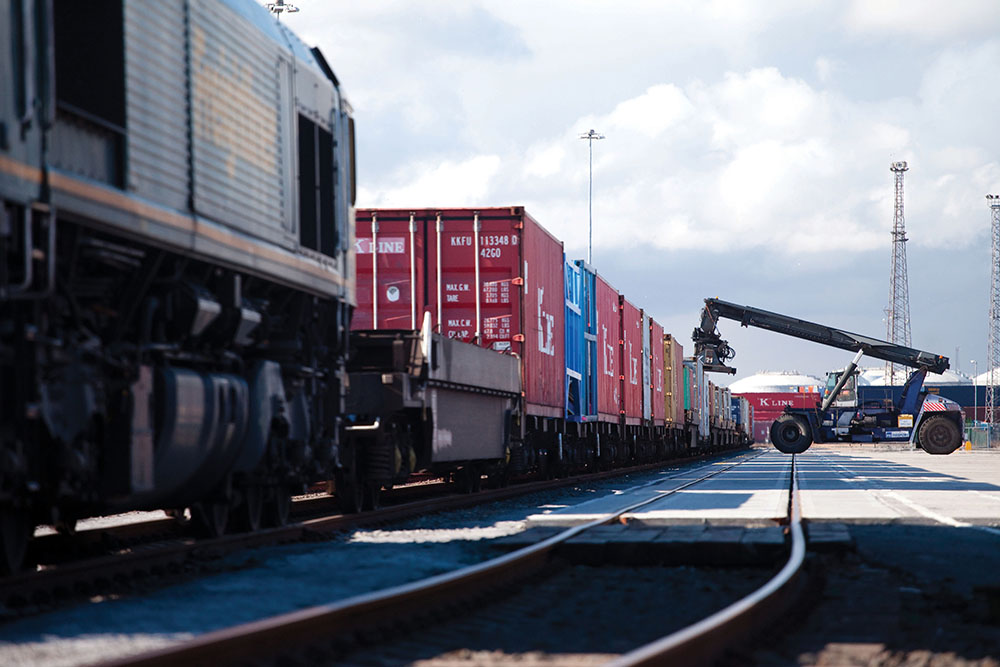With road transport the most common way to move cargo within the UK, you may question why you would need to consider any other method. Providing flexibility and door-to-door service, road is a great solution. However using only road excludes one of the most reliable and environmentally-friendly ways to move freight.
As the challenges facing road transport increase, it’s becoming ever more important to diversify and use other transport methods. With the build-up of congestion on the motorways and a shortage of 45,000 HGV drivers, that is set to increase, of which the impact will be felt further in the coming years, its vital that supply chains build resilience by using rail as a viable alternative.
Rail freight has been popular since its introduction in the 1800s and in recent years has become more widely adopted by shipping companies, container operators, retailers and some of the UK’s top brands.
The benefits it provides allow users to create efficiencies in their supply chain whilst increasing resilience. This has been seen by those taking advantage of the rail connections at Teesport, a deep-sea port located in the North East of the UK. With regular rail services to Scotland and Felixstowe on a daily basis, port customers are expanding their supply chain to support further growth.
Owned and operated by PD Ports, Teesport has 26 vessel calls a week from Europe to further afield providing a gateway into the North. Many of the world’s largest shipping lines visit the Port, connecting it to major ports including Rotterdam, St. Petersburg, Japan and Gdynia.
This connectivity coupled with an onsite intermodal terminal has seen Teesport become recognised by those importing and exporting from Scotland as a hub into the UK. Using rail to move their cargo to and from Scotland allows these cargo owners to benefit from cost-savings, reliable services and a reduction in carbon emissions.
As supply chains get squeezed to reduce costs, rail offers the opportunity to make savings without compromising on quality. Rail freight is a cheaper way to move cargo around the UK with a container being transported by rail up to Scotland from Teesport costing 40% less than the same journey by road.
As well as being more cost effective, rail provides structure and reliability. With a strict timetable to keep, customers know exactly when their cargo will be collected in one port and arrive at the other allowing for the growing use of rail for time sensitive deliveries.
In using rail freight, cargo owners reduce their impact on the environment with a reduction of 76% CO2 emissions compared to road. The increased use of rail is better for communities with less visual and noise pollution and the reduction of congestion on the roads resulting in 1.6 billion fewer HGV kilometres every year.
With rail’s popularity on the rise, PD Ports is continuing to increase its services to meet customer demand. Operating amongst a busy container operation, seeing 490k TEU (Twenty-foot Equivalent Unit) a year, the rail terminal is set to add a second train service to Scotland late 2018 and a further connection to Manchester in early 2019, with additional services being considered in line with market demand.
Using road and rail together within your supply chain could offer the best of both worlds. Rail provides reliability and cost-savings over long distances whilst road delivers flexibility for the last mile. Introducing rail could provide a number of potential benefits and as the challenges within road transport become further exacerbated, now is the time to see what rail could do for you.






